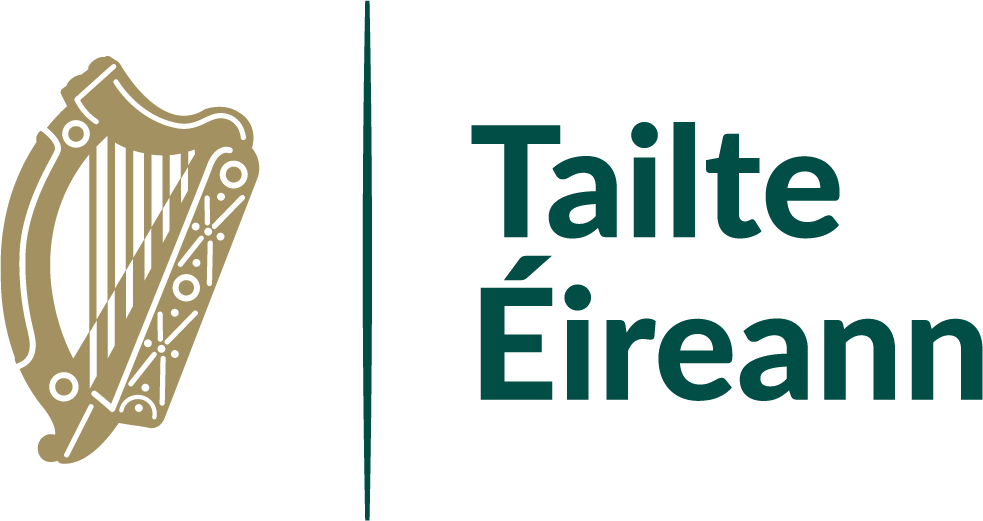- These Rules may be cited as the Land Registration Rules 2013.
- These Rules and the Land Registration Rules 2012 may be cited together as the Land Registration Rules 2012 to 2013.
- These Rules and the Land Registration Rules 2012 shall be construed together as one.
- These Rules shall come into operation on the 1st day of November 2013.
S.I. No. 483/2012
Land Registration Rules 2012
7 December 2012
www.irishstatutebook.ie/eli/2012/si/483

